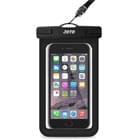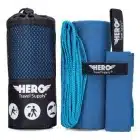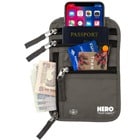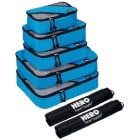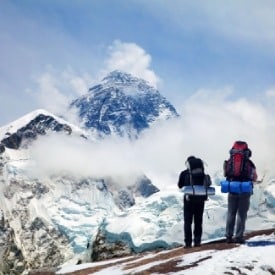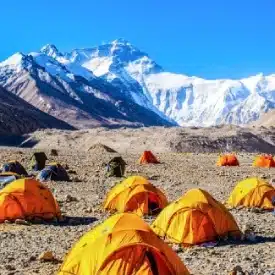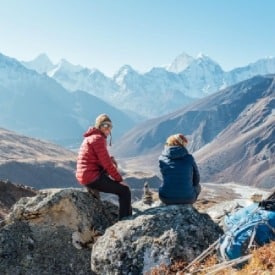Trekking to Mount Everest Base Camp is a once-in-a-lifetime adventure. (Who wouldn’t want to share those bragging rights for the rest of their lives?!) Plus, it’s a truly beautiful area to visit. Not only will you get to see Mt.Everest and other intimidating peaks nearby as you ascend the trail, but you’ll find picturesque glaciers, forests, lakes, and waterfalls along the way too. Another favorite for Mt.Everest base campers is experiencing the culture of the traditional Sherpa villages along the way.
Although not as risky as trekking to the summit, this challenging adventure still poses risks if you’re not prepared. Get ready for your trip with our top essential items, gear, and clothing. Plus, you won’t want to pack anything unnecessary for this trip, so we have a list of items NOT to bring as well. And, if you’re just starting to research a Mt.Everest Base Camp trip, we have answers to some common FAQs for this trek too.





